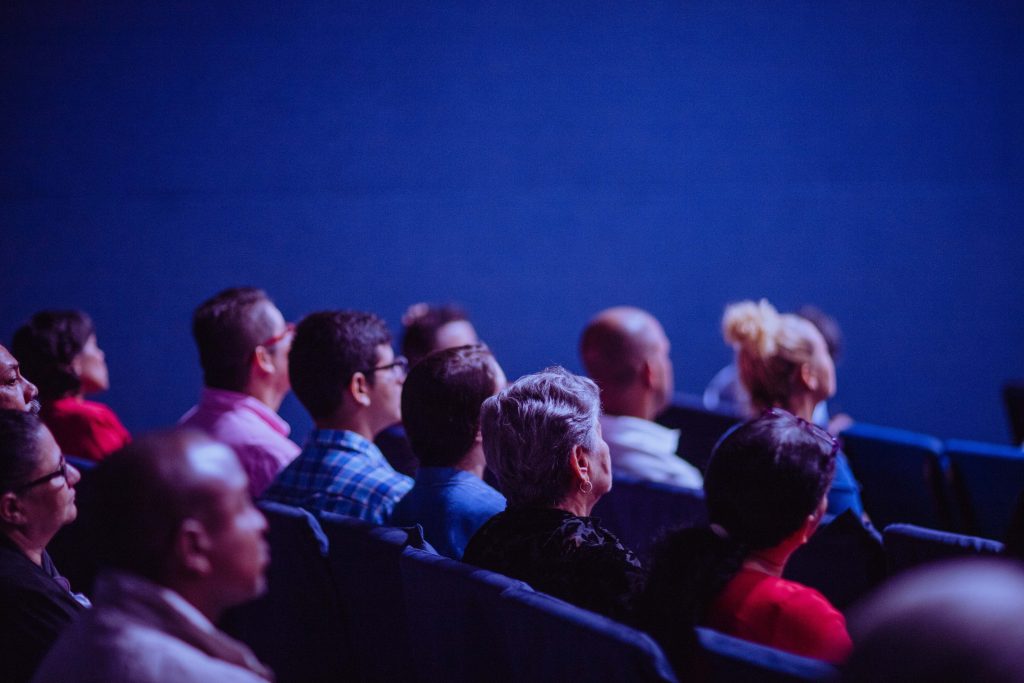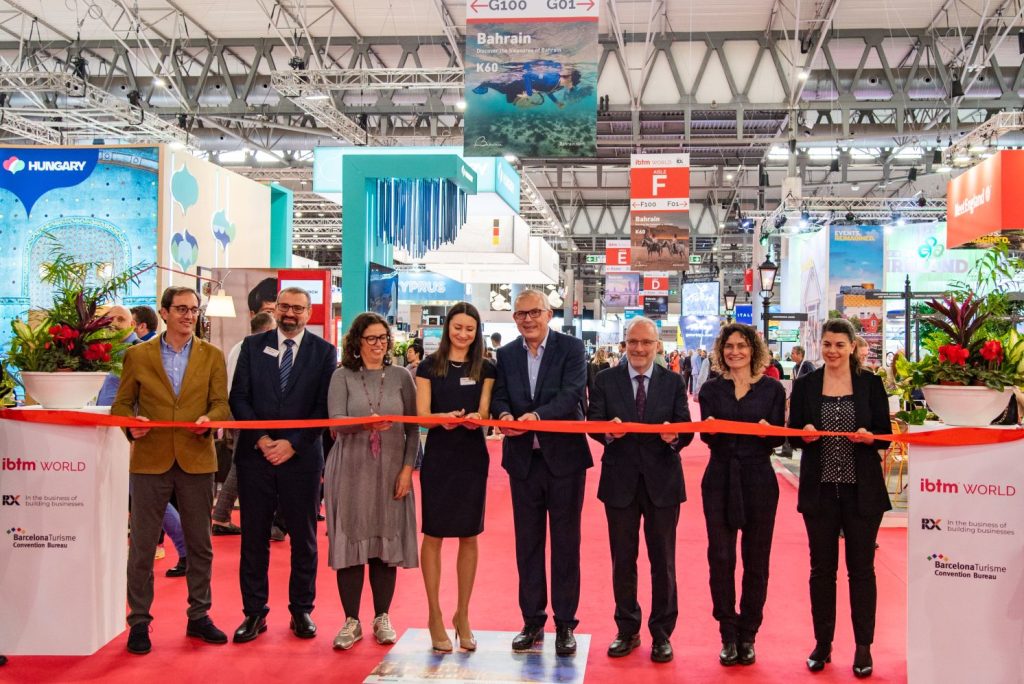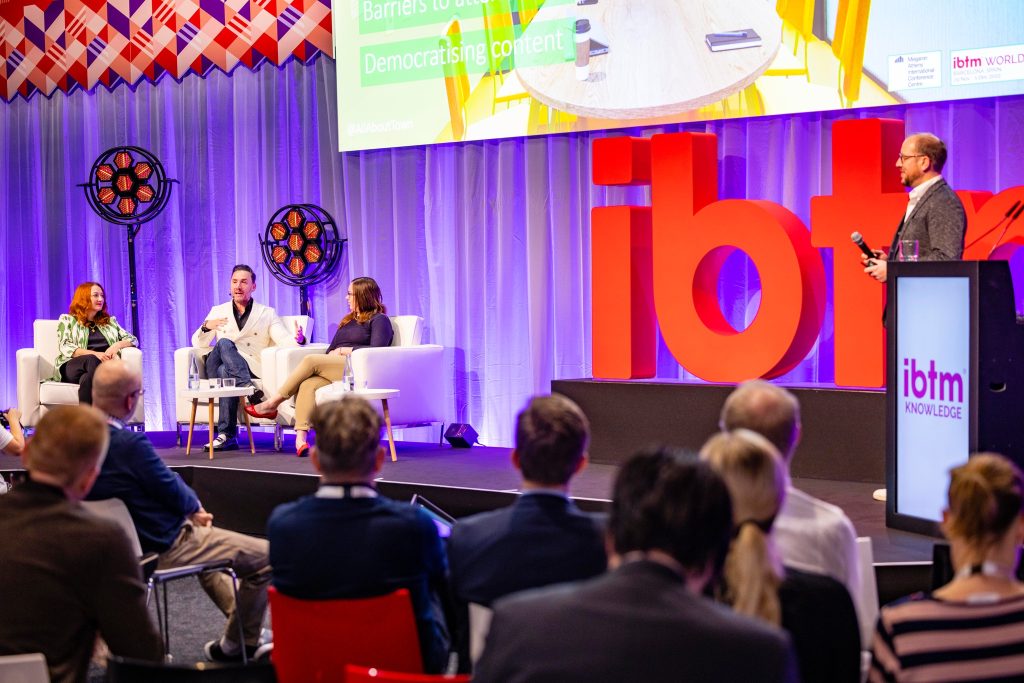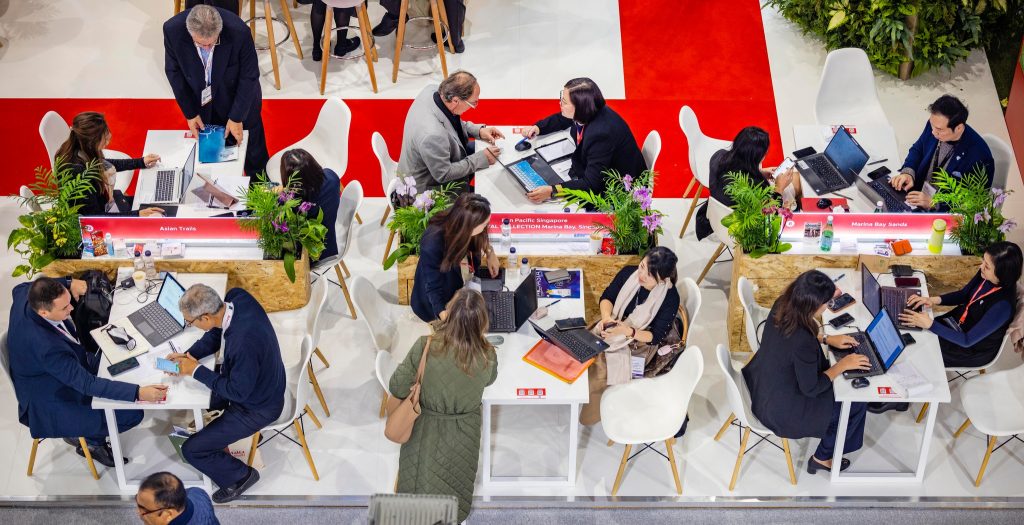Basic considerations when organising a wine tasting event

Share news
Listen
Planning a wine tasting event is overwhelming especially when you are not well versed in it or when the you get clueless wine names thrown at you.
Wine tasting events are great and interesting for events to implicate the attendees in a different activity and to give them some useful information about wine which also, presents an added touch of elegance, prestige and the “good living”. In addition, most of them are organised in the authentic vineyards surrounded by nature and a traditional environment. Wine is something cultural, gastronomical, elegant.. why not make a great event out of it?
Their recommendations could be great advice, but they could also be based on their own personal preferences — or on which selections are most profitable for them. Here are some basic things to look out for when in doubt:
Choosing the right wine
Step No. 1: Check the colour and clarity of the wine.
Deep red implies a wine that is full-bodied, dry, and tannic that leaves a dry sensation in the mouth. Wine should always be clear, with no cloudiness and no visible particles. If you choose an old red wine (typically more than eight years) or a port, it may need to be decanted to separate the clear wine from the tannins that have precipitated onto the side of the bottle. Reds should be served at 50 to 65 degrees Fahrenheit, cooler than the temperature of most wine storage rooms.
White wines, on the other hand don’t have tannins, but darker whites typically have more body than lighter whites. The amount of sugar usually depends on the type of grape that dominates and the way the wine is made (vinified). White wines range in sweetness from a sweet Gewürztraminer (type of grape) to a bone dry Sancerre made from the sauvignon grape.
Step No. 2: Check the aroma of the wine.
Technically, aroma is the smell of a young wine and bouquet is the smell of a wine that has been aged, but often these terms are used interchangeably. Swirl the wine in your glass to help release its fragrance; the glass should be filled no more than halfway. With practice, one can swirl a wineglass in the air but for beginners, moving the glass around in a small circle while it sits on a tabletop works just as well.
To maximize the bouquet, put your nose into the bowl of the glass and breathe deeply. Exhale and repeat twice. Certain aromas are associated with different types of grapes.
Step No. 3: Taste the wine.
Take a small sip of wine and roll it around the tongue to best appreciate flavour nuances. The sweetness of the wine will be detected on the tip of the tongue. The taste buds along the back sides of the tongue respond to the acids in the wine — most pronounced in white wines produced in cold climates, but all wines need at least a touch of acid to be balanced. The back of the tongue picks up any bitterness (typically in red wines with excess tannin). High-alcohol wines will leave a “hot” sensation in the middle of the tongue. The taste of some wines will quickly fade whereas others will afford a long “finish.”
The body of a wine is most easy to detect just behind the tip of the tongue, and it’s an important component of pairing wine with food.
The Glass and the Grape
The taste of the wine depends in part on the design of the glass. Large-bowl stemware is best for full-aroma reds that release enough “aroma” of the wine to fill the bowl. White wines taste best in smaller-bowl stemware because the smell of the wine is typically less complex and bold. The shape of the glass can also impact how a wine rolls onto the tongue, which, in turn, impacts the taste sensation.
The grape variety, where it was grown, how it was grown (viticulture,3), and how its juice was turned into wine is also central to a wine’s taste.
Types of Tastings
There are several formats to a wine-only tasting. A general wine tasting starts with a light wine and then moves on to progressively heavier-bodied wines — semillon, chardonnay, Beaujolais, merlot, cabernet sauvignon, and finally Barolo (the nebbiolo grape,3), for example.
A horizontal tasting samples just one type of wine from the same vintage. A horizontal tasting can also be a sampling of the same wine and harvest year from different growing regions, such as French, Spanish, Chile, Australia, and South Africa.
A vertical tasting includes wines, typically from the same producer, over a number of vintages.
A “blind” wine tasting can be a lot of fun. The simplest blind tasting asks participants to identify the grape from which the wine was made. More challenging tasting ask them to identify the producer and year.
Wine tasting don’t have to be sit-down affairs. You can make a reception memorable by offering a “flight” of wines instead of cocktails and giving attendees rating scorecards to rate each wine. If not, you can also give out cards with information about the wines for the tasting.
Pairing Food and Wine
The most effective tasting is one in which food is paired with wines. But this is also the most difficult type of tasting to effectively orchestrate. It’s not as simple as pairing red wine with meat and white wine with fish. The cooking technique and the seasonings used in cooking impact the interaction of food with wine.
Some food and wine tasting offer a different wine with each course (except salad, because the vinegar in most dressings reacts poorly with wine). Others serve a few samples of the same type of wine with each course.
When offering multiple wines for a single course, pour no more than one to two ounces of wine per person — roughly 15 tasters per bottle. For any tasting, make sure that participants have printed information about the wines, and a space in which they can write comments. The wine steward or sommelier should be able to help you identify and put together the best tasting for your group. In addition, make sure there is an expert to lead the tasting. When food and wine are paired together, it’s effective to have a speaker who comments briefly on each wine before and after the course is served.
Vineyard Venues
Vineyards tasting through wine country can really help participants understand the subtleties that make one wine, producer, region, or country different from others. They are led by professionals who are personally involved in producing the wines, and the tasting rooms are custom-designed for serious wine tasting.
Winemakers will also put together tasting lists and background sheets on each wine. Bread and water are offered to cleanse the pallet, and each taster is provided a spit bucket that makes it possible to taste without swallowing the wine.











